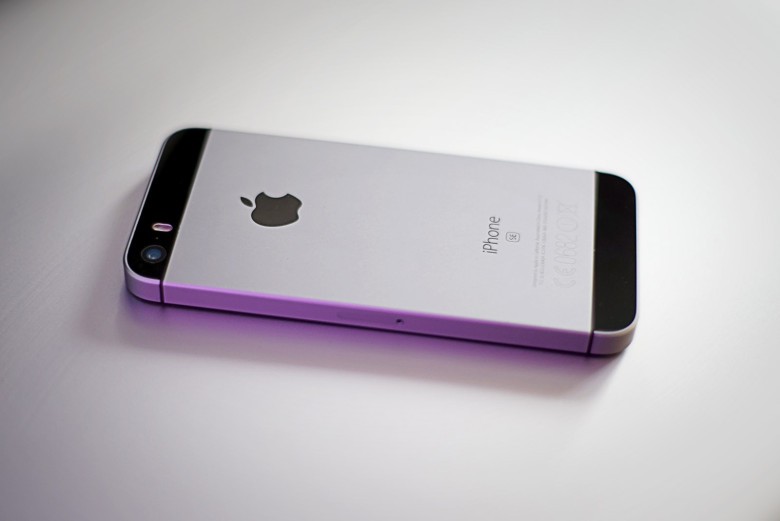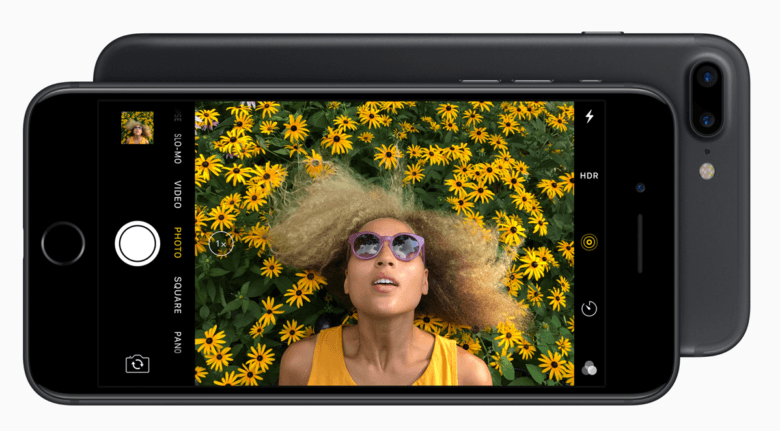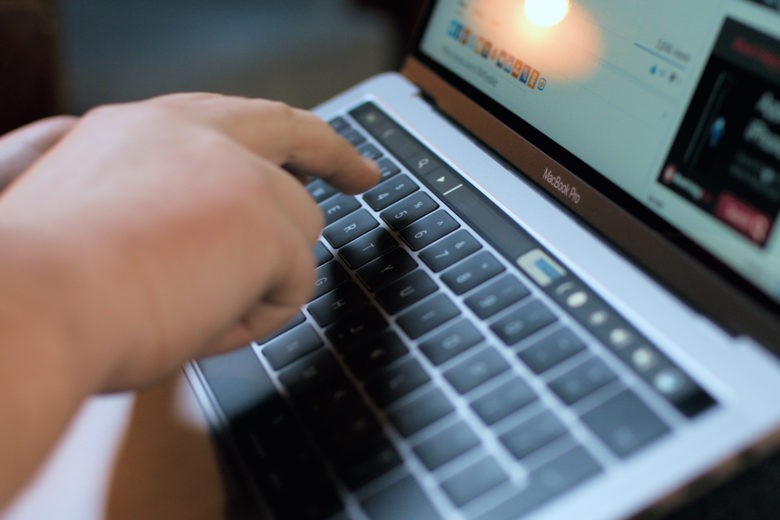 Apple pissed off a lot of people in 2016. In hindsight, some of Cupertino’s moves look clumsy, and others seem truly clueless, but Tim Cook and Co. also made some brilliant moves during this turbulent year.
Apple pissed off a lot of people in 2016. In hindsight, some of Cupertino’s moves look clumsy, and others seem truly clueless, but Tim Cook and Co. also made some brilliant moves during this turbulent year.
Let’s go to our happy place and relive the smartest moves made by Apple in 2016.
Apple’s smartest moves of 2016
iPhone SE: A big hit in a tiny package

Photo: Ste Smith/Cult of Mac
Apple didn’t forget about the little people in 2016. (Or the big people with tiny, tiny hands). The iPhone SE blasted onto the scene early in the year, with a 4-inch screen and a design nicked from the iPhone 5s.
This was a smart move from several perspectives. Powerful internals made the tiny terror perfect for people who weren’t into phablets, giving them a great option for an updated iPhone. The low price made the iPhone SE attractive to people with less disposable income, those in developing markets or anyone looking for a replacement mid-iPhone upgrade cycle. And luring more people into the Apple ecosystem? Priceless.
Going gangbusters with iOS games
Apple often showcases new mobile games at its keynotes, but in 2016 Cupertino wisely turned the spotlight on a pair of gigantic hits. Showing off Super Mario Run for iOS and Pokémon GO for Apple Watch cemented Apple’s place at the center of the mobile gaming universe.
No, Apple didn’t invent these games — but Cupertino had the brains to trot out these winners for all the world to see. We waited a while for Pokémon GO — the biggest mobile game ever — to make it to our wrists, but the augmented reality game likely racked up billions for Apple. Super Mario Run, launched as an iOS exclusive, quickly set a new download record. Being closely associated with these games keeps Apple culturally connected while boosting Cupertino’s growing Services revenue.
Bringing it all Home
The new Home app in iOS 10 puts a shiny face on the smart home. Yes, we’re still waiting for the big wave of HomeKit-enabled hardware to arrive, but the products are coming (look for even more to pop up during next week’s big CES show in Las Vegas). In the meantime, the Home app is truly a delight.
Unfortunately, Apple’s still lagging on an Amazon Echo-style smart speaker that will let you dim the lights or lock the door using your voice. Siri is getting better at handling such demands, but until then the Home app is a sophisticated and easy-to-use console for controlling all your HomeKit accessories from the palm of your hand. It’s a smart stopgap until Apple comes through with an Echo killer.
Boosting the iPhone camera

Photo: Apple
Apple doubled down on photography — literally — with the iPhone 7 Plus’ gorgeous dual-lens camera. Portrait Mode and other innovations make this the closest thing yet to a DSLR baked into a mobile phone. This is the future — just ask all the photographers wowed by the iPhone 7 Plus camera. Delivering the finest smartphone camera possible keeps Apple at the center of our increasingly image-oriented world.
Making Apple Watch better and much more affordable
Remember when iPhones came out? And in a little while Apple dropped the price and came out with a better, faster one? That’s exactly what happened with the Apple Watch this year. Yes, the Apple Watch Series 2 costs the same as the original Apple Watch, but the new Apple Watch Series 1 — which packs a processor upgrade over the original model — costs far less.
This lower price point makes it much more attainable, much more giftable, and much more likely to be bought on a whim. And that’s what Apple Watch needs to break into the mainstream. When it’s on the wrists of more people, they will come to love it and become Apple Watch’s best evangelists. Lowering the barrier to entry was a shrewd move designed to help Apple Watch reach critical mass.
Going all in on USB-C
Certainly the decision to release new MacBook Pros with only USB-C ports rubbed some people the wrong way. But you knew it was coming — 2015’s MacBook came with just one USB-C port, an unmistakable signal that Apple believes this is the port of the future.
Did you really think the 2016 MacBook Pro would come with legacy ports that would seem outdated a year or so from now? The tiny bit of pain new MacBook Pro owners might face (eased by Apple’s smart, if temporary, slashing of dongle pricing) is more of a “who moved my cheese” situation than a legitimate, long-lasting concern. After all, Apple’s update rate for Macs has slowed to a crawl. You might well be using a 2016 MacBook Pro for half a decade, and Apple’s clever bet on USB-C essentially future-proofed it (at least when it comes to ports).
Raising the laptop bar with Touch Bar

Photo: Ste Smith/Cult of Mac
Some people mocked the MacBook Pro’s new Touch Bar as a gimmick. They called the thin, constantly morphing OLED strip nothing more than window dressing on supposedly “pro” laptops that didn’t exactly blow anyone away with their specs. While I haven’t used a Touch Bar full-time, I have played around with one in stores, and I can’t wait to get my hands on a new MacBook Pro.
I suppose the jury is technically out — in fact, the Touch Bar’s true potential probably lies in the hands of third-party developers — but to me it seems like a solid addition to a laptop. I know Apple isn’t the first company to explore this territory, but the end result looks like pure Apple: polished, surprisingly useful and darn near magical.
AirPods for the ‘wireless future’
When Apple said it took “courage” to kill the headphone jack on the iPhone 7, it sounded corny. But honestly, I’m ready for the “wireless future” Cupertino is pushing us toward. I’ve been using Bluetooth headphones, earbuds and speakers for years now, and they pretty much “just work” at this point. However, Apple’s AirPods — powered by the company’s custom W1 wireless chip — polish off some of Bluetooth’s rough edges.
AirPods come in a tiny case with magical magnets, deliver big sound (especially for such tiny earbuds), and they actually stick in your ears. They might look a little dorky, but so does getting a cord caught on something and accidentally yanking an earbud out of your earhole. A year from now, nobody will notice your lily white ear fangs. Embracing the future is always smart.
Apple takes a stand for privacy
Apple’s finest moment in 2016? Its principled stand for privacy. Apple stood up to heavy pressure from the FBI and others, refusing to deliver a version of iOS with a built-in backdoor that experts agreed would be a privacy nightmare.
Even though the reason for the FBI’s request — getting into an iPhone owned by a dead terrorist — sounded good on the surface, Tim Cook refused to back down. Just like the ACLU standing up for a Nazi parade, Apple did the right thing (even though it wasn’t popular).
In the process, Apple essentially became synonymous with privacy. At a time when gigantic hacks and other security disasters make headlines on a weekly basis, being seen as “the privacy brand” is good for business. Tim Cook’s high-profile defense of Apple’s privacy stance took real savvy.
What did you think Apple did right in 2016?
All in all, 2016 wasn’t that bad for Apple, huh? What other smart moves did Apple make this year? Let us know in the comments below.


